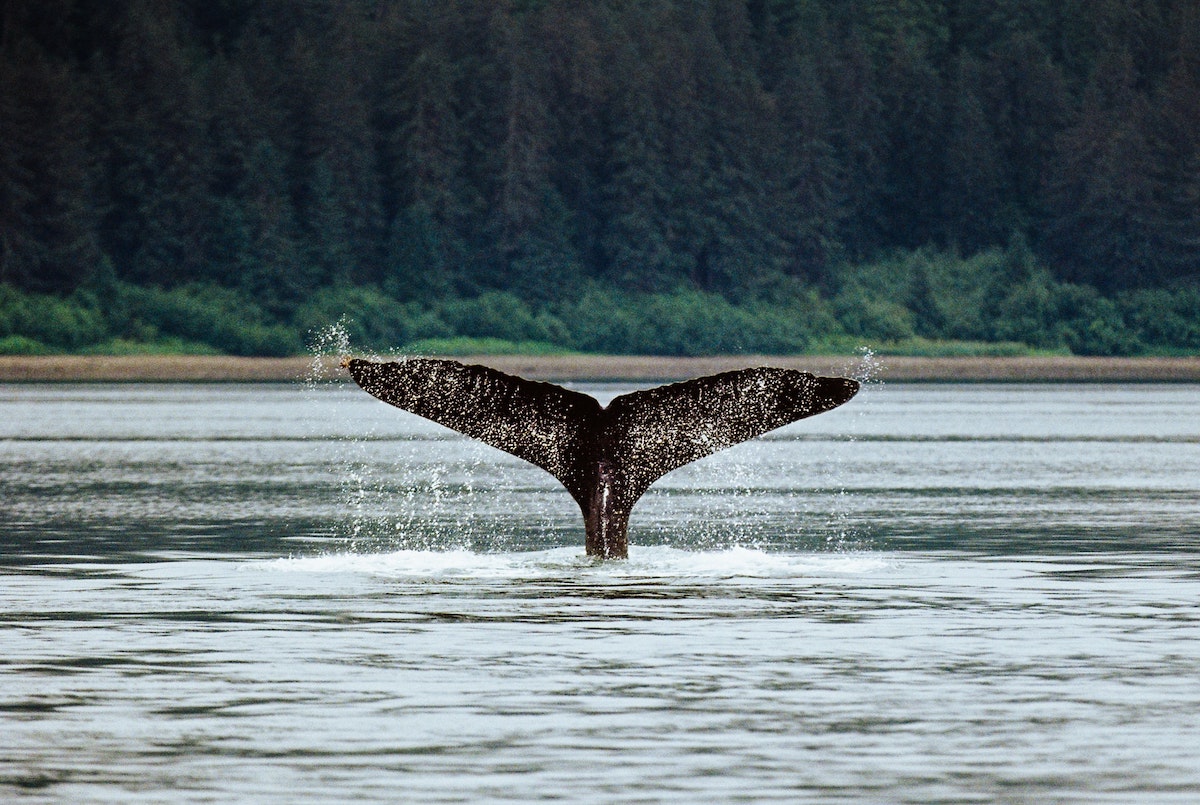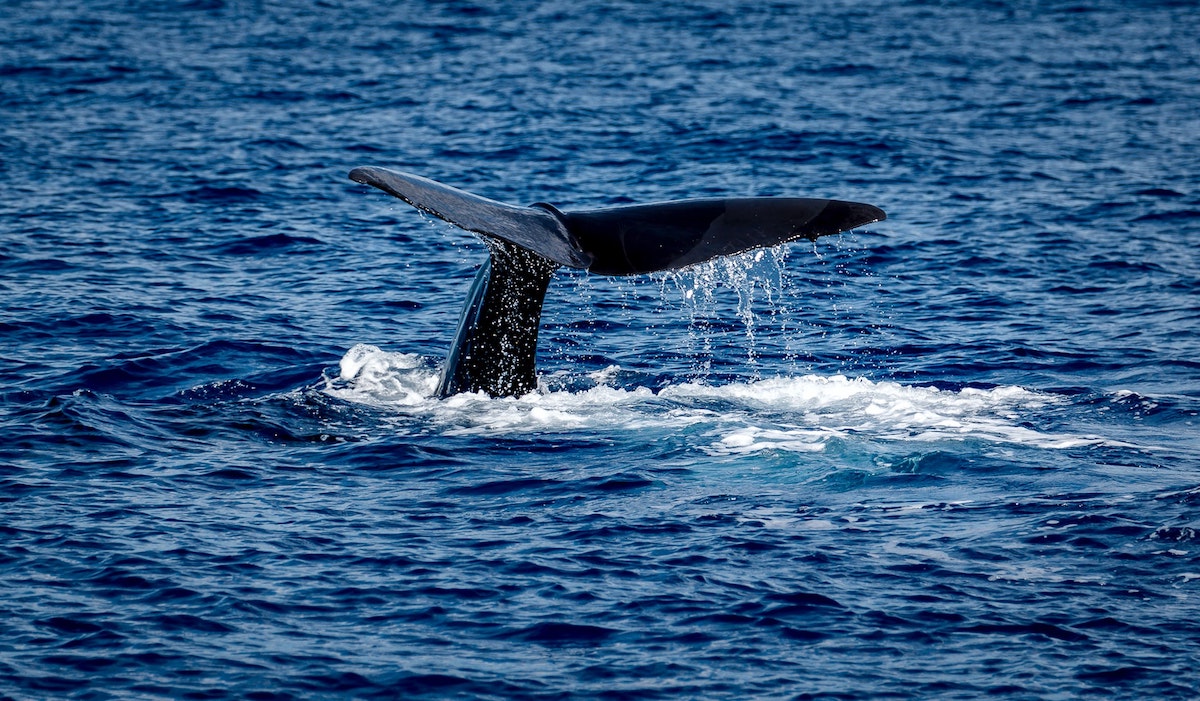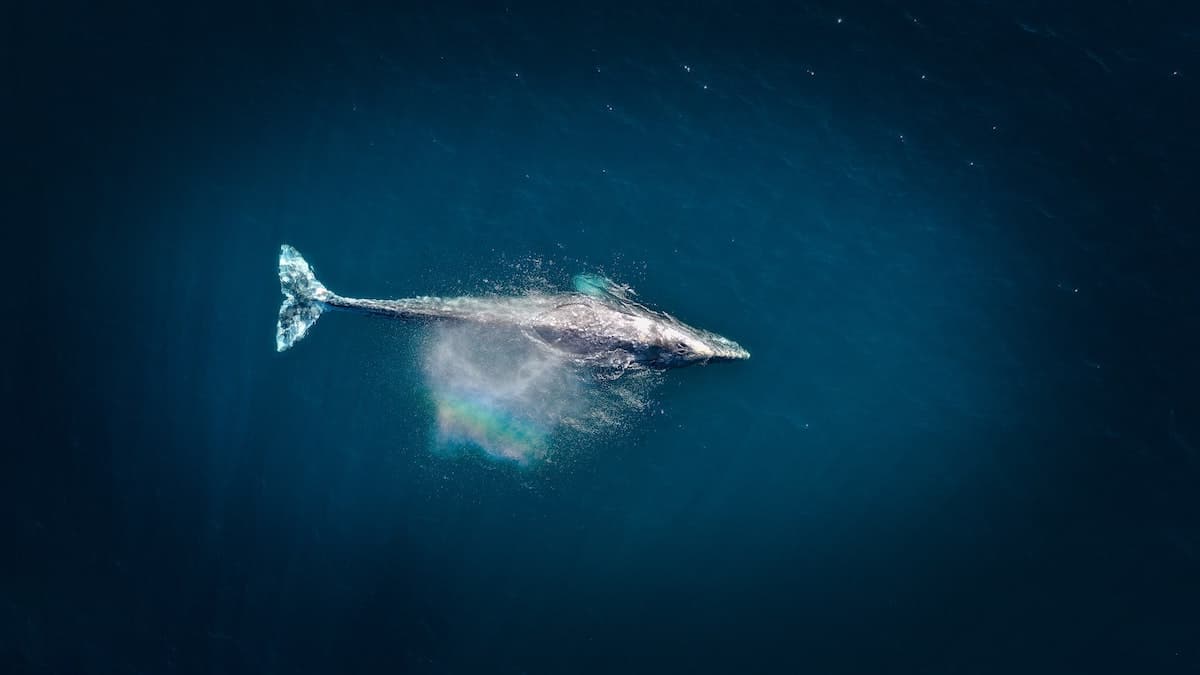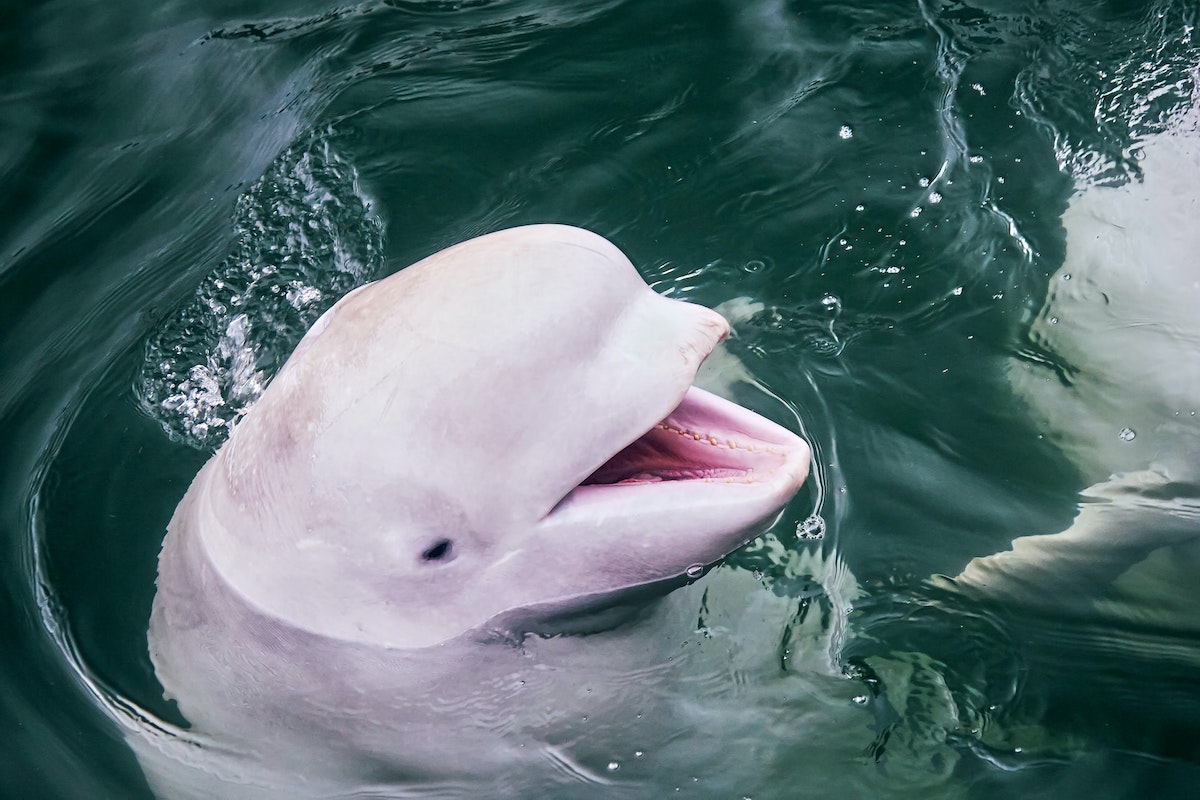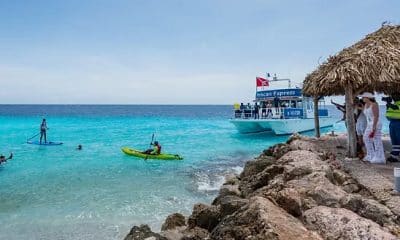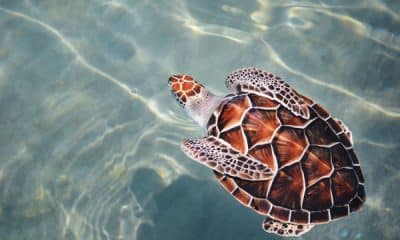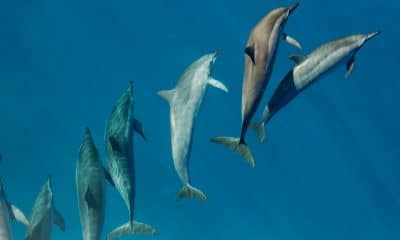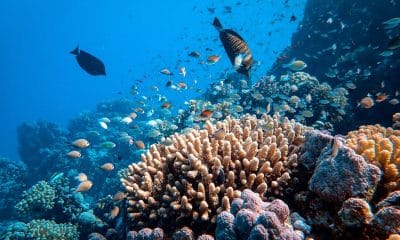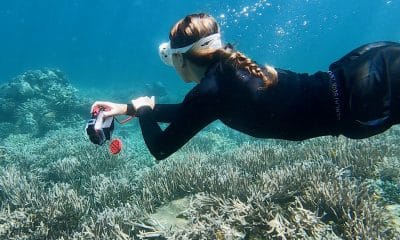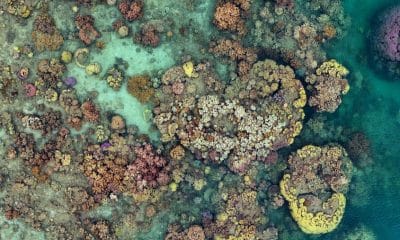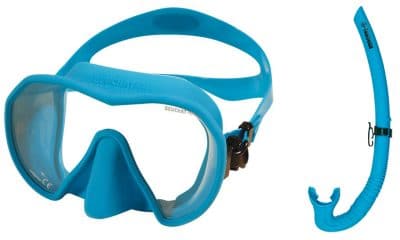Blogs
The world’s 12 best places to snorkel with whales
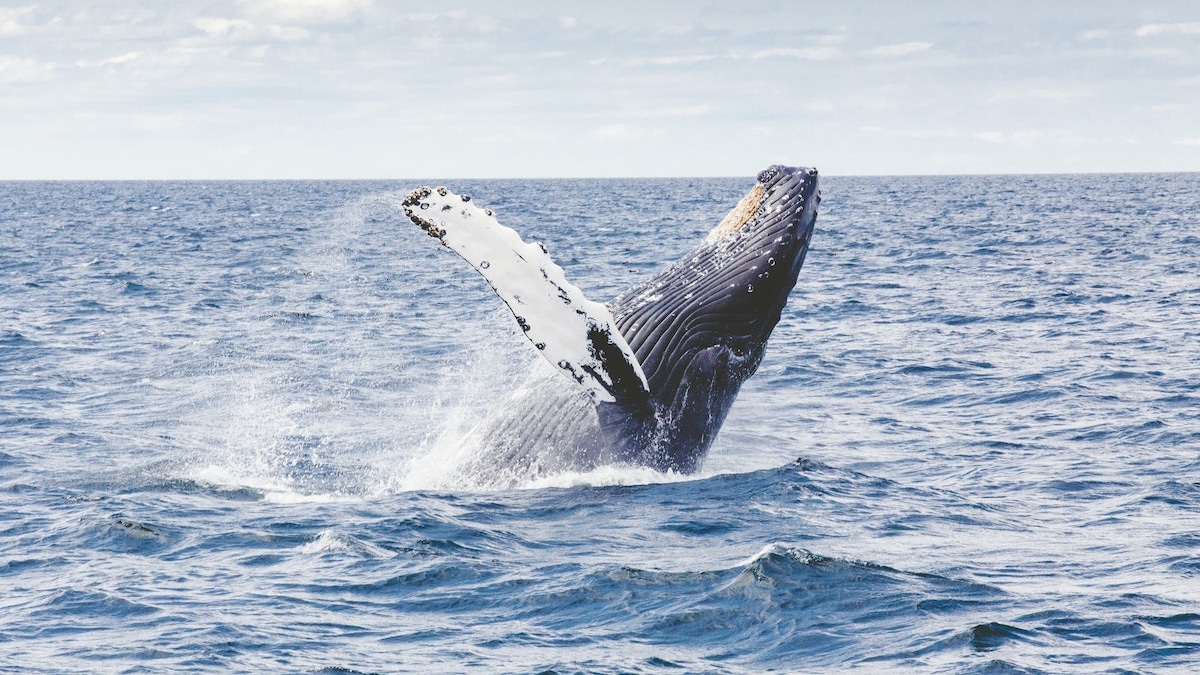
Whales have captivated our imagination for centuries and snorkeling with whales is one of life’s best experiences. Whether you want to meet them in the tropics or under the Arctic sun, there is a whale adventure for you. Here is our guide to the world’s best places to snorkel with whales.
HUMPBACK WHALES
Humpback whales are found at destinations worldwide, making them easy to spend time with. These huge whales are known for their spectacular breaches and complex song and are just as rewarding whether you watch them from a boat or get in the water.
- Tonga
If you want to snorkel in clear blue waters with humpback mothers and their calves, visit Tonga. It is one of the most popular places to swim with humpbacks, where you can choose from day safaris or longer trips. Just make sure you book early so you don’t miss out.
When to go: July to September.
- Moorea, French Polynesia
French Polynesia is the perfect place to combine a luxurious getaway with a humpback whale swim safari and world-class snorkeling. There are endless snorkeling spots, beautiful beachside resorts and numerous whales. If you want to try scuba diving for the first time, the diving in Moorea is ideal for beginners. The reefs are pristine, the waters are sheltered, and you can swim with Moorea’s famously friendly stingrays whilst you’re there.
When to go: July to November.
- Silver Bank, Dominican Republic
The Silver Bank marine reserve provides a safe winter haven for the North Atlantic humpback whale population whilst they gather to mate, calve and raise their young. There are various liveaboard operators that offer multi-day safaris dedicated solely to learning about and swimming with these charming whales. This is a great option if you want to immerse yourself fully in the world of whales.
When to go: January to April.
4. Ningaloo Reef, Western Australia
UNESCO-listed Ningaloo Reef hosts tens of thousands of humpback whales each year and is also a migratory route for dolphins, dugongs and manta rays. Lacking the crowds of Australia’s Great Barrier Reef, it is the most peaceful place to swim with humpback whales in Australia.
When to go: July to November.
- Hervey Bay, Queensland, Australia
Hervey Bay – the world’s first World Whale Heritage Site – has been called the whale watching capital of the world, thanks to its abundant humpbacks. This conservation-focused destination is just a 3.5-hour drive north of Brisbane and offers day trips to swim with the whales.
Time your trip right and you can also enjoy the annual Hervey Bay Whale Festival and Paddle Out for Whales.
When to go: July to November.
- Reunion Island
Réunion lies 550 km east of Madagascar and is a lesser-known humpback whale hotspot. With only a handful of people allowed in the water at any one time, it is a great destination for more intimate whale encounters.
When to go: August to September.
- Iceland
Iceland’s rich waters are a prime feeding ground for humpbacks and offer a unique whale swim experience. Wearing a cozy dry suit, you can spend hours admiring these whales in Iceland’s incredible gin-clear waters.
When to go: June to August.
DWARF MINKE WHALES
These pint-sized whales grow up to 8 meters long and were only discovered in the 1980s. They might be relatively new to the whale watching scene, but they are wonderful to swim with.
- Great Barrier Reef, Australia
Known for being exceptionally friendly, dwarf minke whales create truly memorable encounters as they swim around you, under you and sometimes even between your fins.
Hop on a minke whale safari at Cairns and enjoy. Go snorkeling or try Great Barrier Reef diving whilst you’re there to experience the incredible wonders of this enormous reef system.
When to go: June to July.
SPERM WHALES
Weighing up to 50 tons and reaching 15 – 20 meters long, sperm whales are one of the most sought-after and impressive whale species to swim with.
- Dominica
The sheer drop-offs and deep sheltered bays around Dominica are perfect for sperm whales, and the females and calves stay there all year. After just a short boat ride from the coast, you will be swimming with these amazing animals in calm azure waters.
When to go: Year-round, though November to March is peak season.
BLUE WHALES
Weighing up to a staggering 200 tonnes, blue whales are enormous, and there are two great places you can swim with them.
- Sri Lanka
Sri Lanka is one of the only places where you can swim with blue whales, watch them from a boat, or go whale spotting in small airplanes – which is arguably the best way to get an idea of their sheer size.
When to go: March to April.
- San Diego, California
Baja California hosts the largest population of blue whales in the world every summer and there are a small number of operators that offer blue whale swimming safaris from San Diego. With small group sizes and week-long programs, they are perfect for maximizing your time with these huge whales.
When to go: June to October.
BELUGA WHALES
Beluga whales are easy to recognize thanks to their bright white coloring and rounded heads. These highly social animals are one of the most vocal whales and gather in large groups in Canada.
- Churchill, Canada
Tens of thousands of beluga whales gather each year in Hudson Bay and the small town of Churchill offers unique trips to swim with them. You can enjoy close-up encounters with hundreds of belugas in the water, plus spot polar bears, moose, Arctic foxes and more whilst you’re there.
When to go: June to September.
If you can’t get enough of whales, read the SSI guide to diving with whales to discover even more destinations where you can meet these giants of the ocean.
Kathryn Curzon, a shark conservationist and dive travel writer for Scuba Schools International (SSI), wrote this article.
Blogs
The Suit Ocean Team leads the Ultimate Curacao Snorkeling Adventure
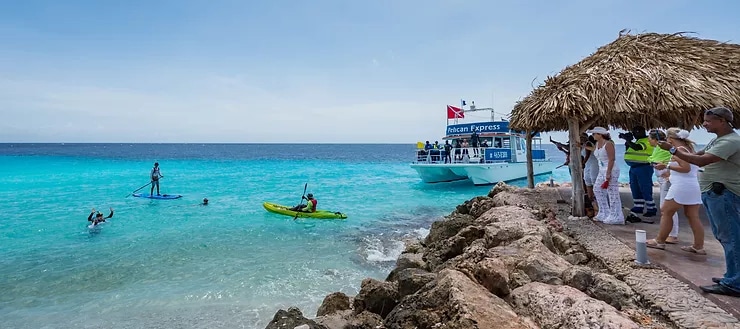
As passionate residents of our Dutch Caribbean Island, we must congratulate The Suit Ocean Team for creating more awareness about the importance of protecting our beautiful fringing reef systems in Curacao.
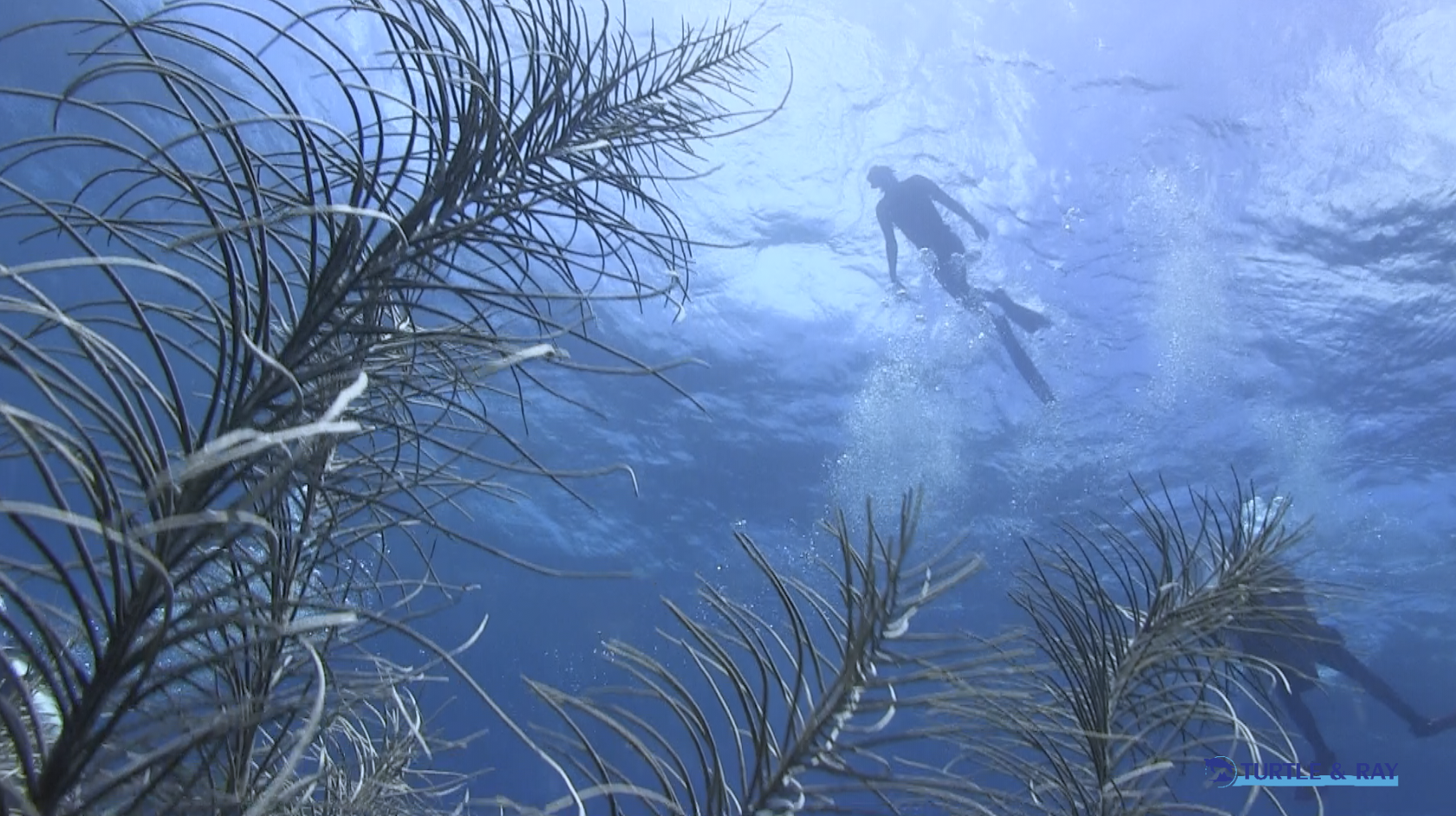
The film, Curacao Underwater Kunuku (Kunuku is Papiamento for Garden), not only documents this ultimate snorkeling adventure showing you how easy it is for everyone to access and enjoy a snorkel or diving experience, but it also showcases the interaction between man and nature, highlighting the beauty of underwater life while promoting conservation, preservation and the need to protect these vital habitats.
These are the key ingredients to this beautiful short film documentary. Watch NOW and please enjoy our “CURACAO UNDERWATER KUNUKU”.
This film, produced by the Lawrence Mensa Foundation (LMF), is also available in multiple languages including: Spanish, Papiamentu, Dutch, Portuguese and German.
Blogs
8 Unique Places to Go Snorkeling in Europe
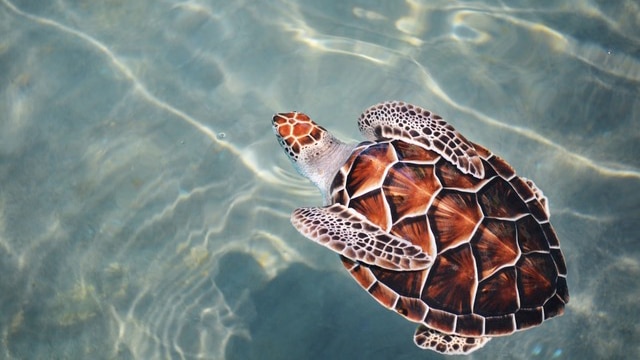
Snorkeling in Europe brings to mind golden sands dotted with beach umbrellas, clear waters, and rocky landscapes busy with Mediterranean fish life. Europe offers all of that, but it also offers so much more for snorkelers. Among Europe’s diverse countries, you can find impossibly bright blue lagoons, idyllic islands, and pristine marine reserves that host thousands of sea turtles and playful seals. You can snorkel over a sunken Roman city and explore one of the world’s premier marine megafauna hotspots. Ready for a summer vacation? Get inspired with our round-up of 8 unique places to go snorkeling in Europe.
Comino, Malta
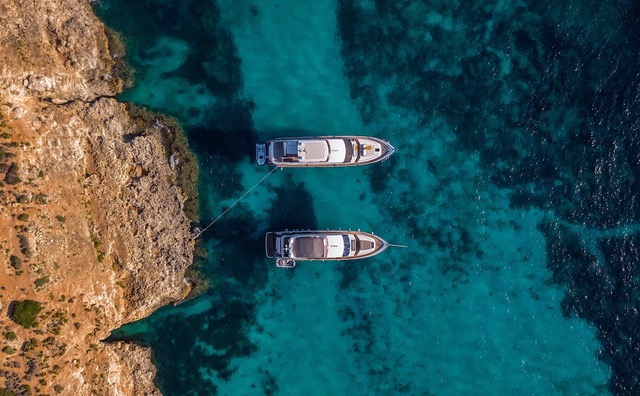
Sitting between the islands of Malta and Gozo, Comino Island is a paradise for snorkelers and divers alike. This tiny island hosts the brightest blue waters in the Maltese Islands and offers fantastic snorkeling among sheltered inlets and caves busy with diverse marine life.
Comino is best-known for hosting the Blue Lagoon; a bucket-list destination with crystal-clear waters and striking rocky landscapes. It is the perfect place to go snorkeling, take a hike, or simply marvel at the gorgeous scenery.
Medes Islands, Spain.
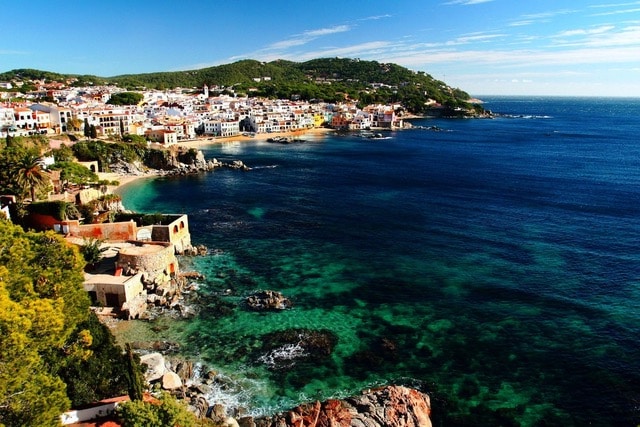
With over 500 dive sites and seaside destinations all along its coastline, Spain draws tourists from around the world. This vibrant country is one of Europe’s top vacation spots.
The Costa Brava in northeastern Spain is home to some of the most famous snorkeling spots in the country, one of which is the Medes Islands. This small archipelago of seven islets off L’Estartit is one of the best marine reserves in all of the Mediterranean.
Fishing was banned at the Medes Islands over 30 years ago, which has allowed marine life to flourish there. Seagrass meadows and rocky areas busy with fish await. A visit to this exceptional marine ecosystem is a must if you are visiting Spain.
Zakynthos, Greece.
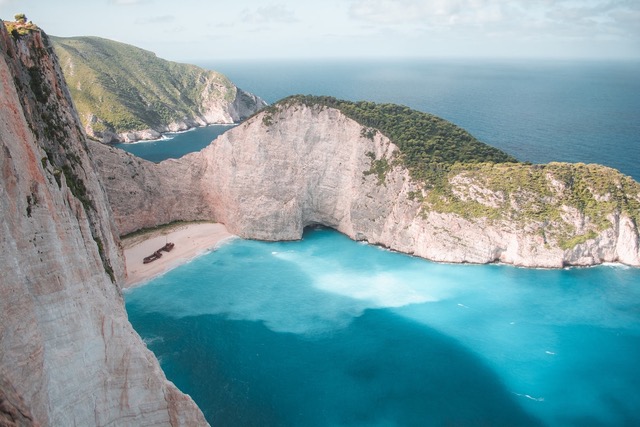
If you love sea turtles, Greece should be top of your list of places to go snorkeling in Europe.
Zakynthos is home to Marathonisi Island, also known as ‘Turtle Island’. This small island sits within the National Marine Park of Zakynthos and is a vital breeding ground for loggerhead sea turtles. The National Marine Park of Zakynthos was created in 1999 to protect these turtles, plus rare Mediterranean monk seals, which give birth to their young in Zakynthos’s secluded caves.
Marathonisi, nearby Cameo Island, and Zakynthos, are the top places in Europe to swim with turtles. In the summer months, thousands of loggerhead turtles visit the area to lay their eggs and you can go snorkeling with them.
Lundy Island, United Kingdom.
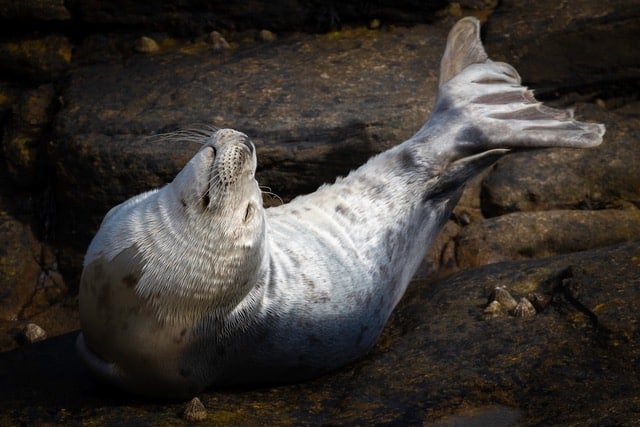
Snorkeling with seals is bound to leave a smile on your face. These cheeky animals are known for getting up close to snorkelers, checking them out, and occasionally nibbling fins.
Lundy Island is one of the best places to go snorkeling with seals in Europe. This island sits just 12 miles off the coast of Devon and hosts a breeding colony of Atlantic grey seals. The seals can be found playing in the surf and lounging in the sunshine at various points around the island.
Grab your snorkeling kit and dive in. Below the water, you will find shallow sunlit kelp forests, a variety of reefs, sea caves, and pinnacles. Lundy is a popular place for diving, but you will see plenty of marine life from the surface, including bright cup corals, anemones, fish, and hopefully seals.
Sunken City of Baiae, Italy
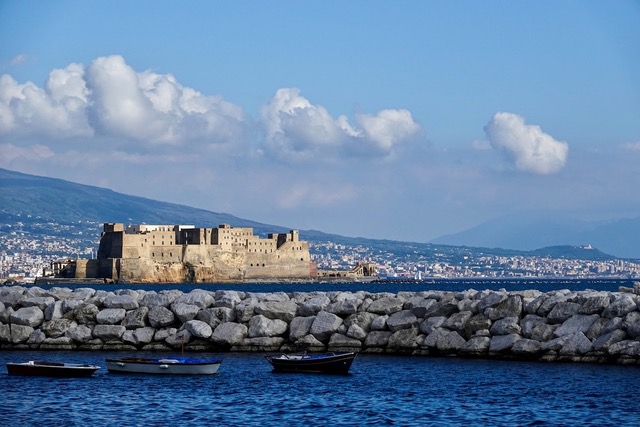
Not every great snorkeling experience is about marine life. In Italy, you can snorkel over ancient Roman ruins.
Two thousand years ago, Baiae was the destination for rich Romans to escape the city and relax by the seaside. Countless emperors and merchants flocked to Baiae’s shores every year, until tectonic activity forced this thriving city underwater.
Today, Baiae is an intact underwater city and one of the top highlights of snorkeling and diving in Italy. Observing these ruins is a breath-taking experience that brings history to life. There are Roman statues, a thermal spa, paved roads, and pillars dating back to the 1st century BC.
Corsica, France
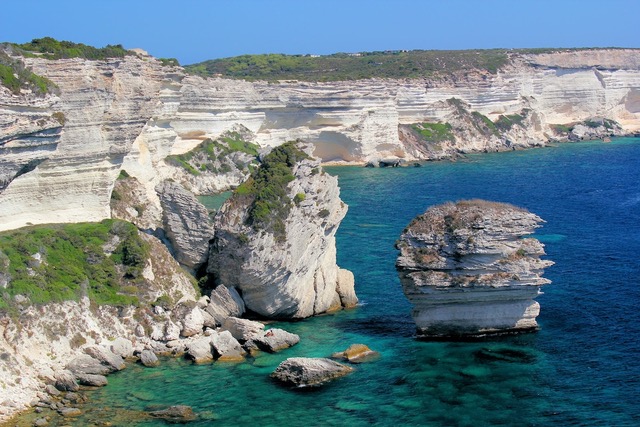
Corsica is renowned for its crystal-clear waters and shallow bays perfect for snorkeling with your kids.
This gorgeous island in the Mediterranean Sea boasts dramatic cliffs and white-sand beaches that hosts a wealth of accessible snorkeling spots. There are rich seagrass beds and rocky landscapes, plus small hidden coves dotted around the island. All of which host a diverse array of marine life, including huge schools of fish, octopi, moray eels, and starfish.
Corsica’s calm waters make it ideal not just for kids, but also for beginner snorkelers and those who want an easy time in the water. With water temperatures reaching up to 26 °C, plus water visibility of up to 30 meters, Corsica ticks the boxes for a laidback beach and snorkeling vacation.
Traun River, Austria
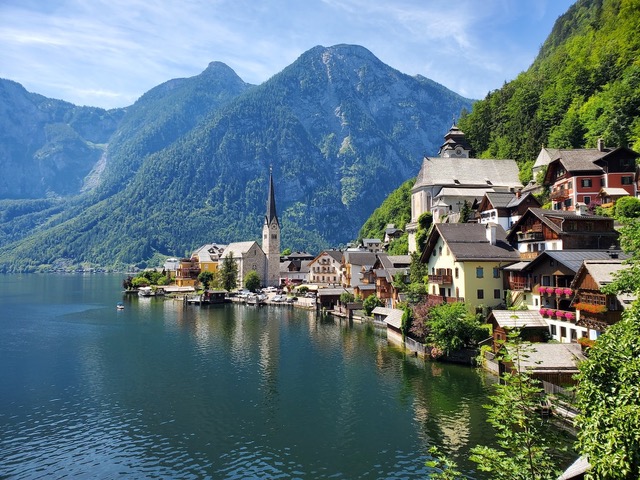
You might not think of Austria for snorkeling, but this land of iconic mountains and lush green landscapes has pristine lakes that attract divers and snorkelers every year. Away from the lakes, you can go snorkeling in spring-fed rivers that gleam in the sunshine.
Forget about floating on the surface when you go river snorkeling. At the Traun River in Upper Austria, river snorkeling involves rock jumping, canyoning, and some relaxed floating downstream. Along the way, you can explore interesting rock formations, underwater caves, and a waterfall, and meet freshwater fish life. This is also an excellent spot to go drift diving.
The Azores, Portugal
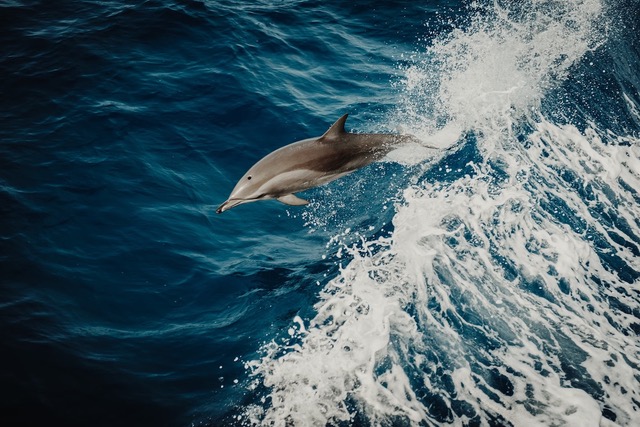
Sitting in the middle of the Atlantic Ocean and surrounded by endless blue waters, the Azores is a mecca for marine megafauna.
These famous islands host a remarkable amount of marine life, including more than 27 whale and dolphin species, mobula rays, and sharks. Snorkeling at the Azores is a great way to experience this wealth of life. You can swim with dolphins and snorkel among dozens of mobula rays and big pelagic fish.
And if you have a scuba certification, you can also go diving with mako and blue sharks. With water visibility reaching up to 60 meters, the Azores is incredible whichever way you choose to explore.
Kathryn Curzon, a conservationist and dive travel writer for SSI (Scuba Schools International), wrote this article.


